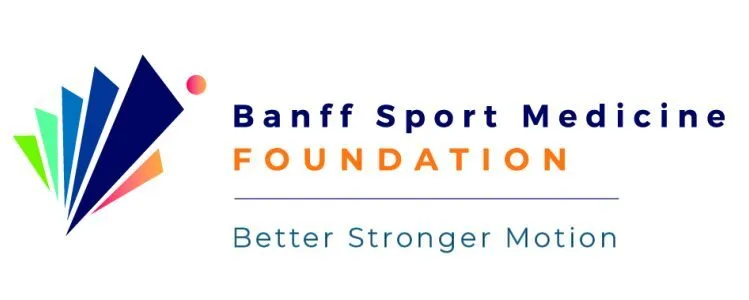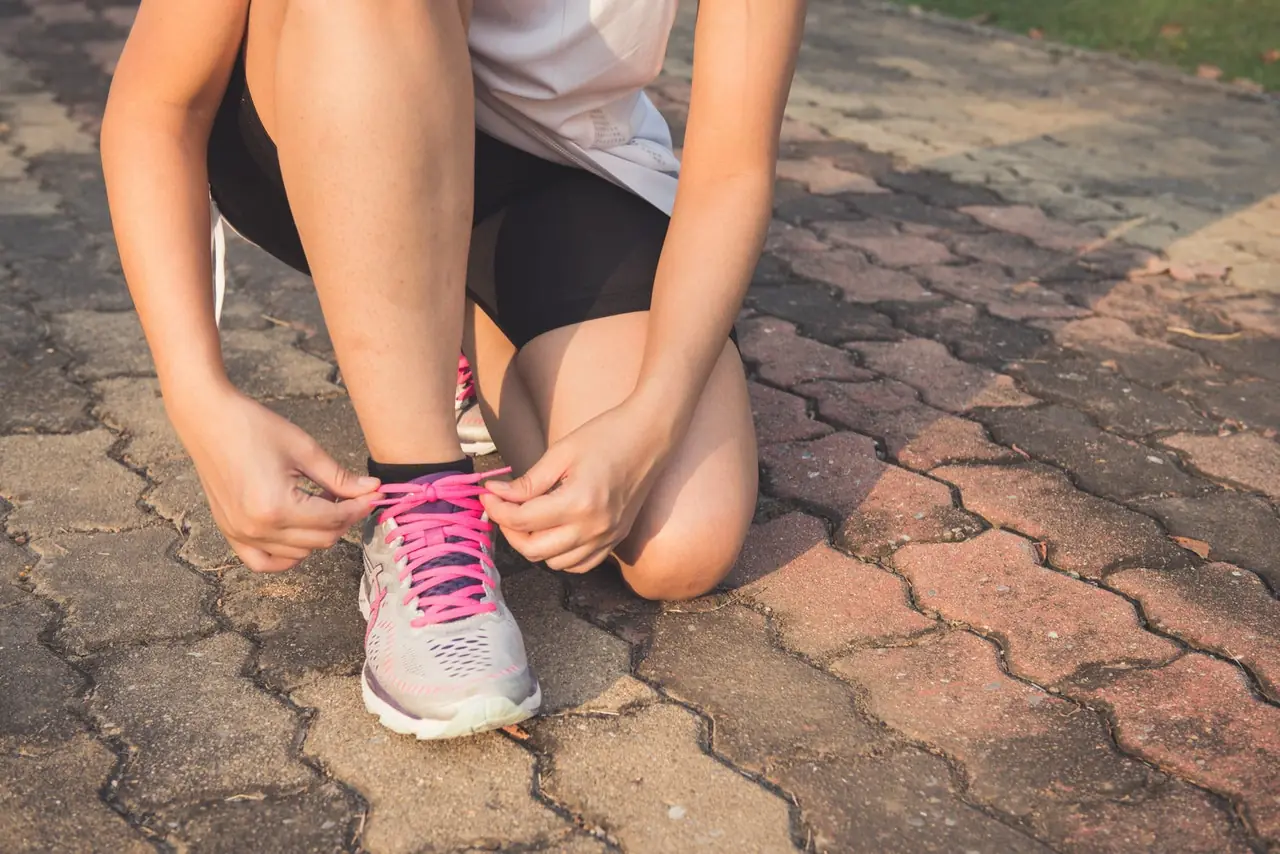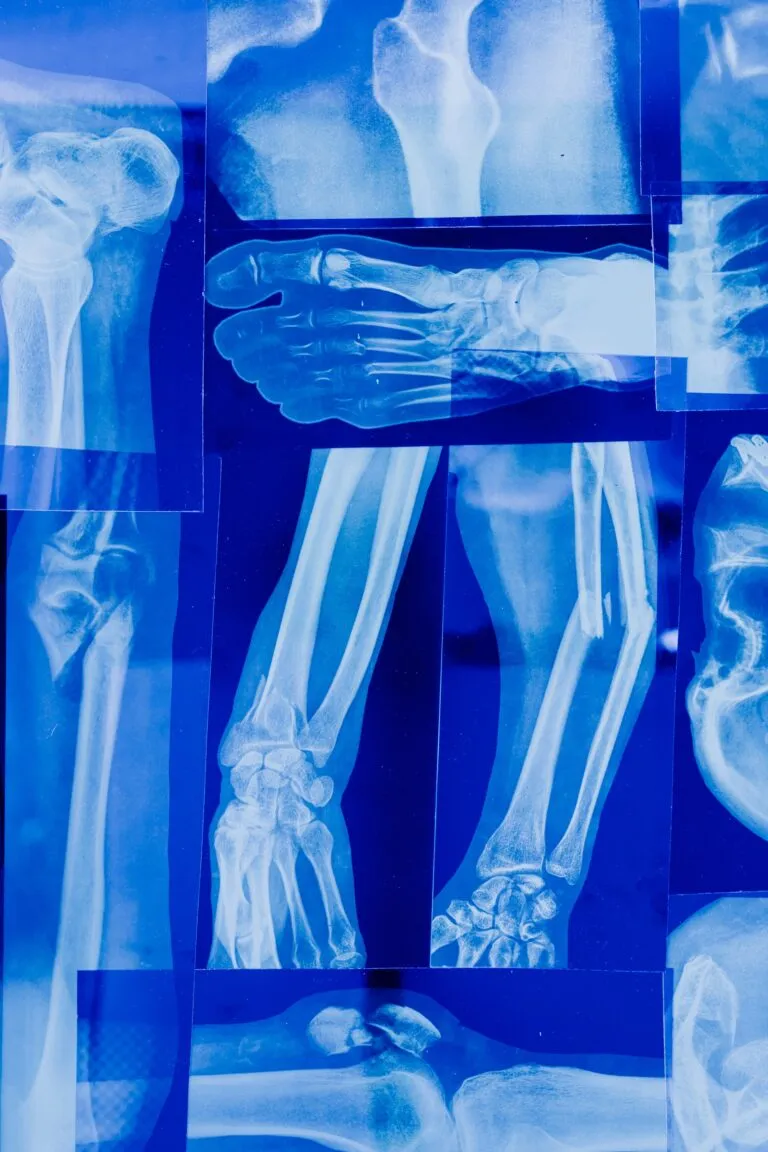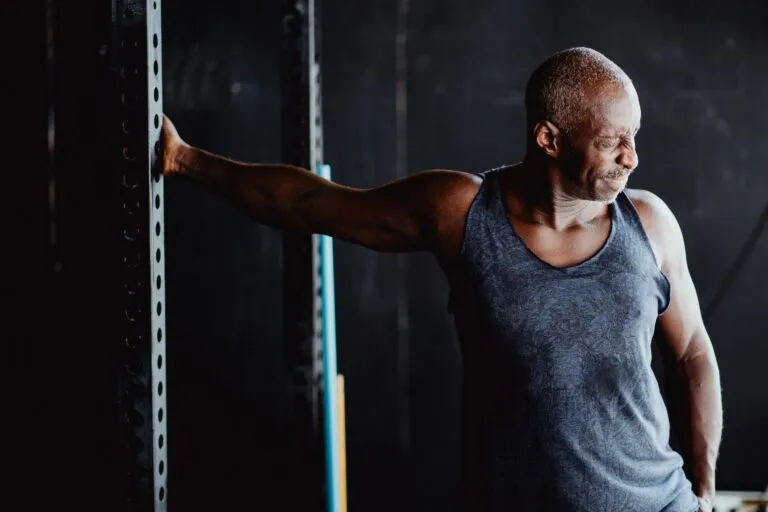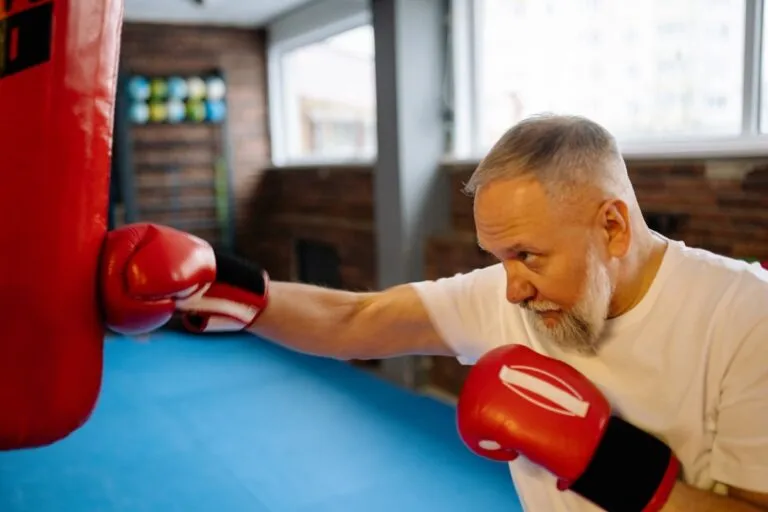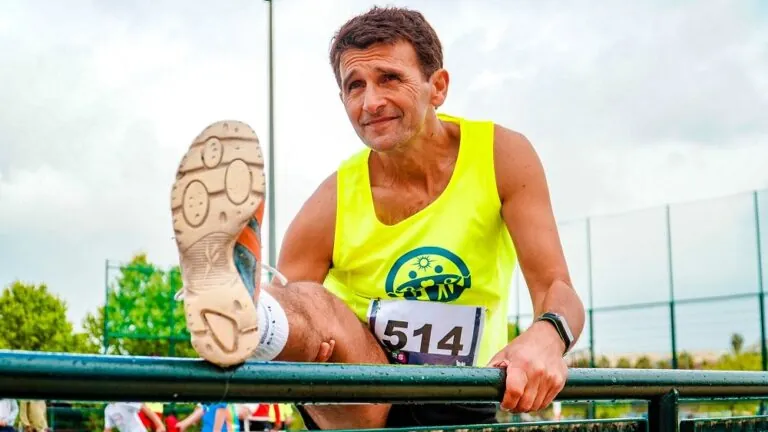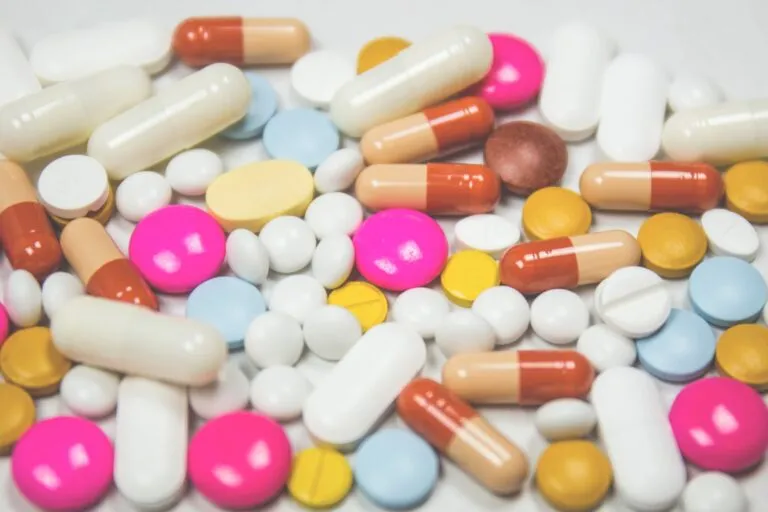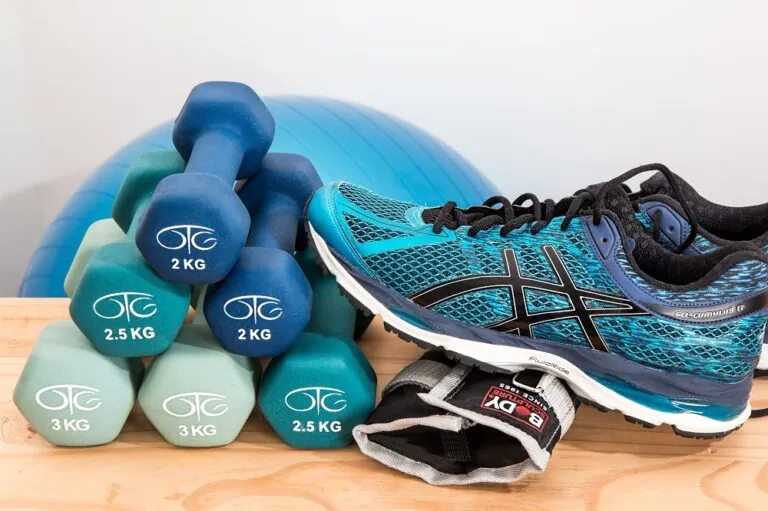Finding better ways to treat acute ankle sprains
We’re recruiting
An ankle sprain is a common injury, especially among athletes and active individuals.
This type of injury occurs when the ankle moves outside of its usual range of motion and involves stretching or even tearing (partially or completely) the ligaments of the ankle.
The ankle joint is made up of 3 main bones: the tibia (shinbone), the fibula (smaller lower leg bone), and the talus (a bone that connects the leg to the foot). Ligaments, tendons, and muscles work together to provide stability and mobility to the ankle.
The most common type of ankle sprain is to the lateral ligaments – the anterior talofibular ligament, followed by the posterior talofibular ligament.
— Learn more about lateral ankles sprains —
SportVisTM is a Soft Tissue Adapted Biocompatible Hyaluronic Acid, or STABHATM that has demonstrated some usefulness in treating patients with common injuries, such as ankle sprains, lateral elbow tendinopathy (tennis elbow), and rotator cuff tendinopathies (shoulder pain).
— Learn more about common tendinopathies and their treatment —
Factors associated with outcomes following treatment, however, remain largely unknown.
Hyaluronic Acid (HA) is a sugar molecule found naturally in joint cartilage. It plays an important role in lubrication and is essential to the proper functioning of the joint. HA has been approved in Canada for the treatment of mild to moderate osteoarthritis of the knee since 1992.
Identifying appropriate patient populations for use of SportVisTM is needed to help design future research for acute and chronic muscle and joint soft-tissue injuries.
Enter, the SportVisTM study!
Why is this study being done?
The purpose of the SportVisTM study is to identify conditions or characteristics of the people who take part in the study (prognostic factors) that can be used to estimate the chance of recovery from an injury, or the chance of the injury coming back (recurring).
A second purpose is to find out if study participants who are given SportVisTM for the management of ankle sprains have changes in pain scores and quality of life from baseline to three months after the second injection.
This study will recruit about 200 people at research sites across Canada.

Why is eligible for this study?
If you are 18 years or older and have been referred to the Banff Sport Medicine Clinic due to your injured ankle, and your injury has occurred in the last few days, Dr. Reed, one of the Sport Medicine Doctors will check to see if you are a potential candidate for the SportVisTM study .
If you are a suitable patient for the study, you will be asked if you would like to participate.
Please know that your participation in the SportVisTM study is completely voluntary!
What’s involved in participating in this research study?
If you volunteer to participate in this study, we will ask you to do the following things:
- You will receive two injections of SportVisTM , spaced 2 – 3 days apart.
- You will be asked to fill out some questionnaires about your pain, medication use, and quality of life, which will take approximately 15 minutes to complete. These questionnaires will be completed before your first injection.
- You will attend follow-up visits at 2 weeks, 1 month, 3 months, and 12 months after your second injection where you will complete the same questionnaires again.
When you see your sports medicine doctor 3-months after the injections they will assess your recovery from your injury. If your doctor determines that you need other assessments or treatments for your condition they will discuss these with you or refer you to other specialists as part of usual medical care for your condition.
What are the benefits of participating in this study?

If you agree to participate in this study, there may or may not be a direct medical benefit to you.
Your injury may be improved during the study, but there is no guarantee that this research will help you.
The information from the SportVisTM study will help doctors learn which patients will have the best recovery following treatment with SportVisTM .
— Learn more about clinical research and why our physicians participate in studies here —
